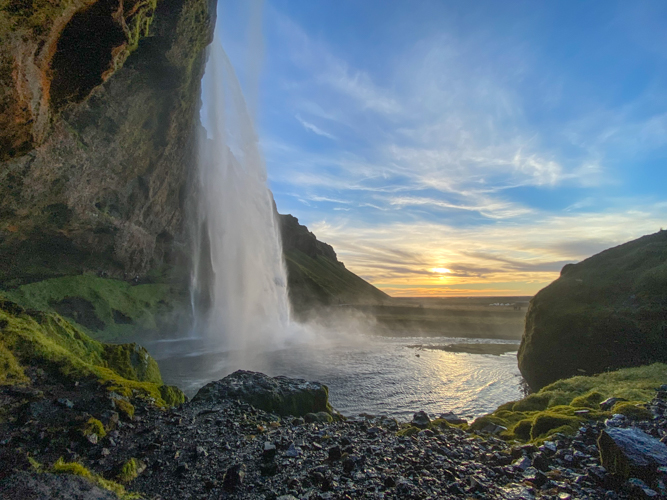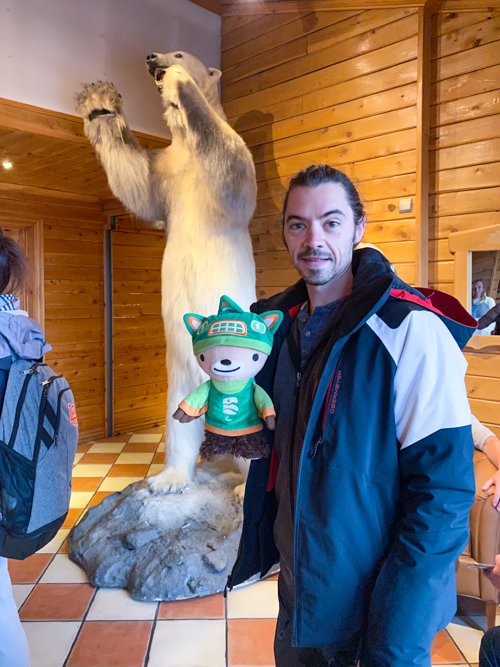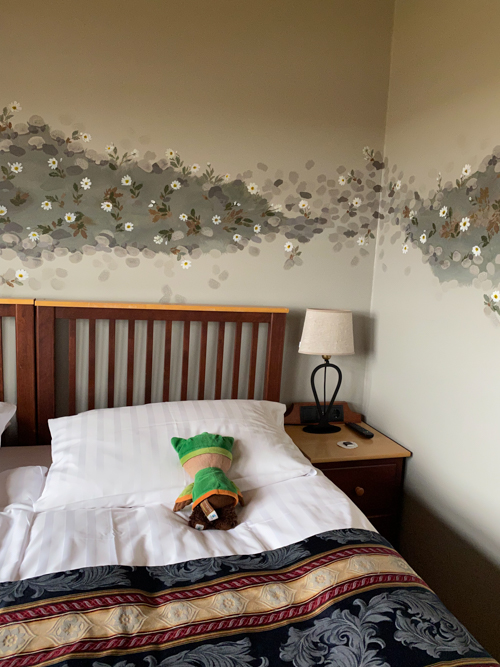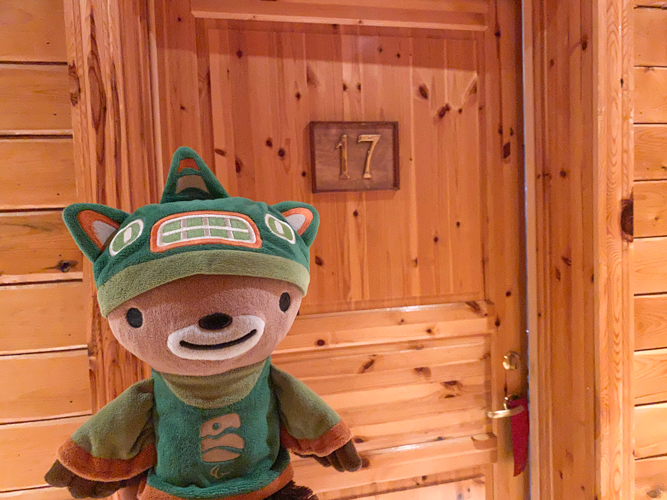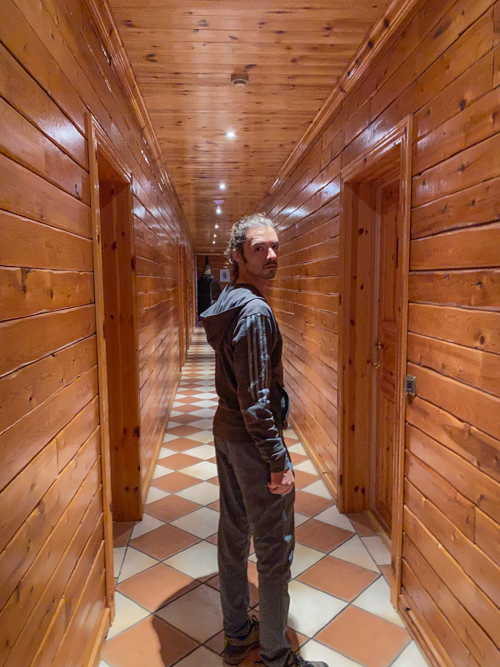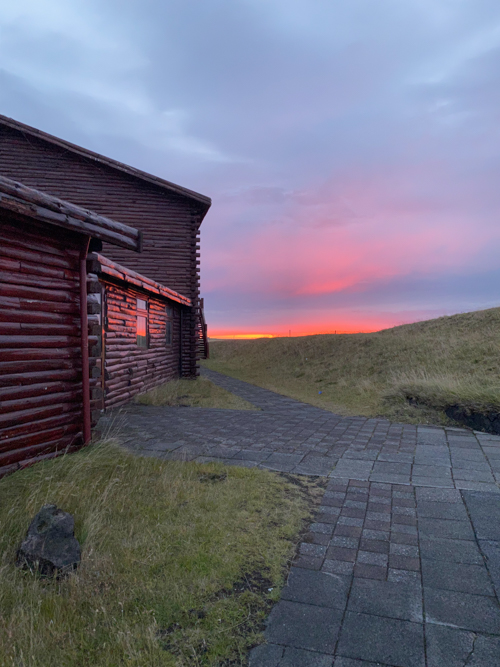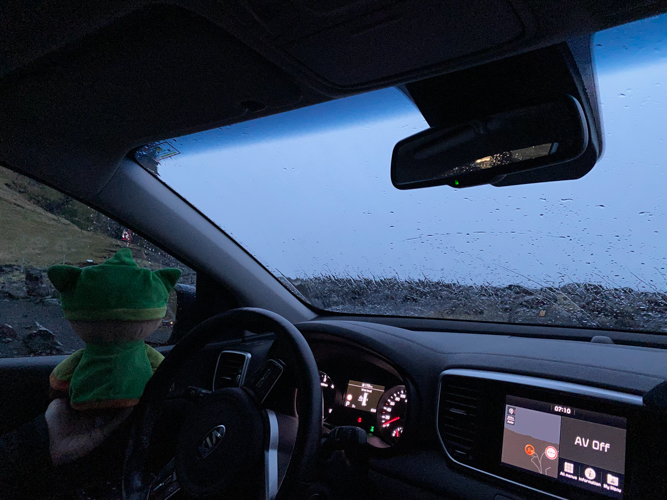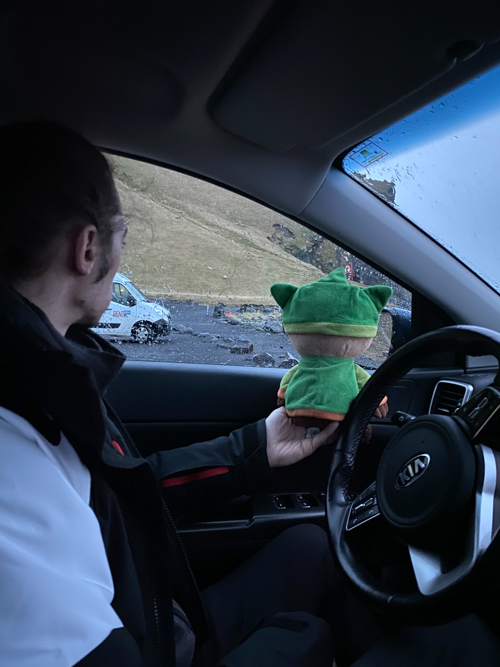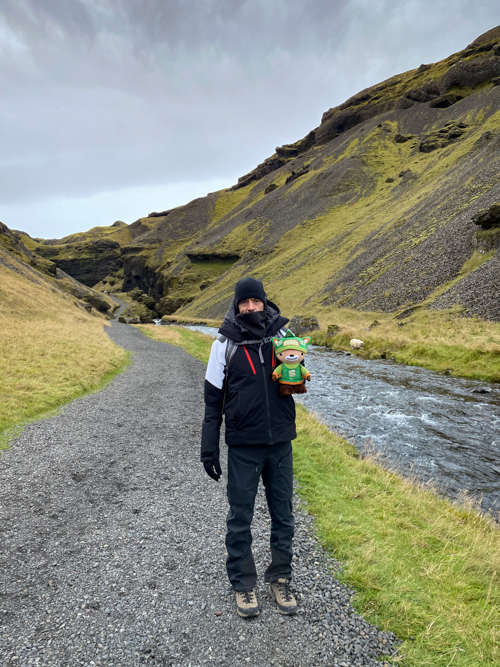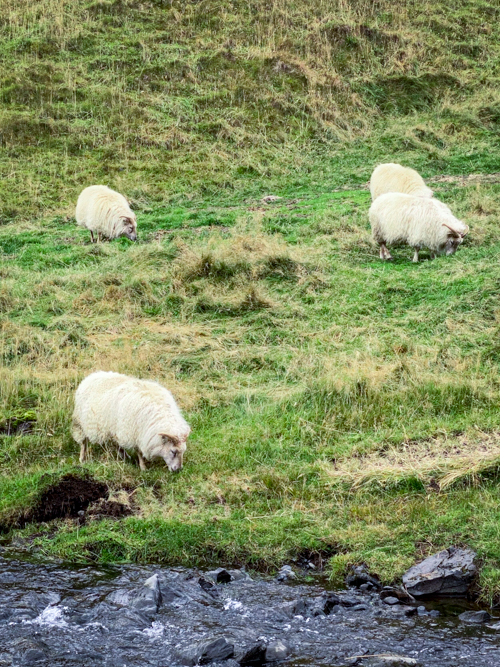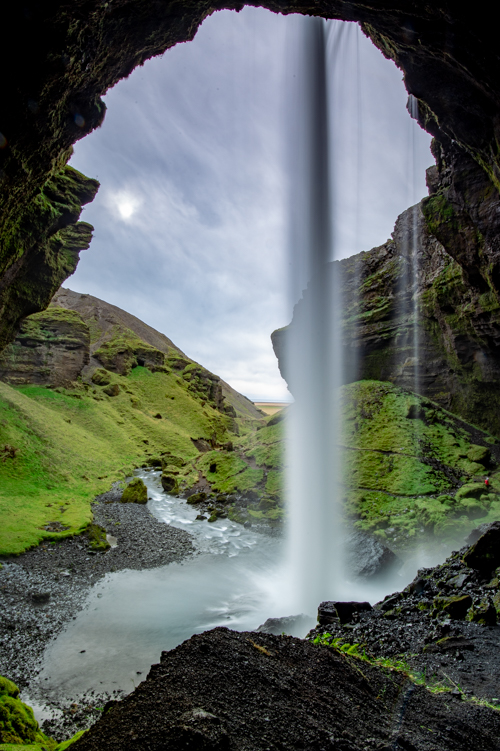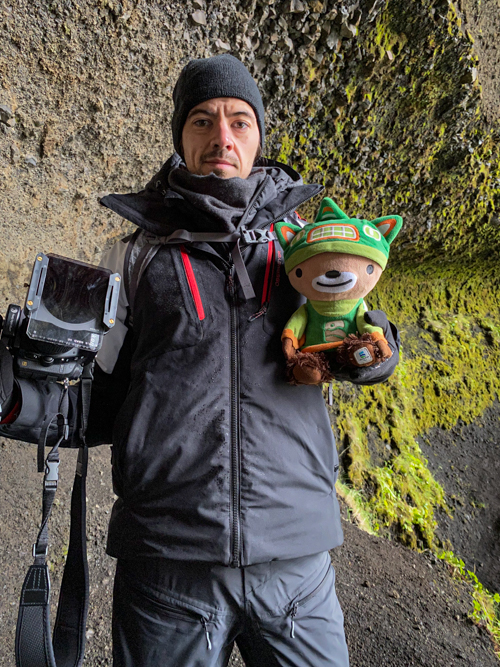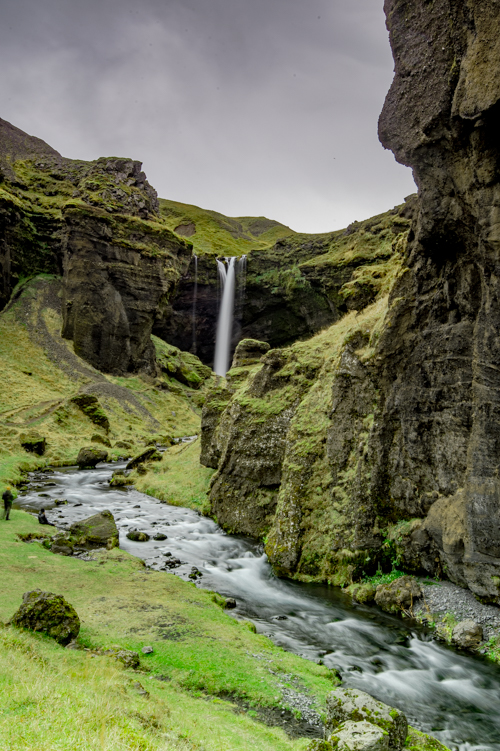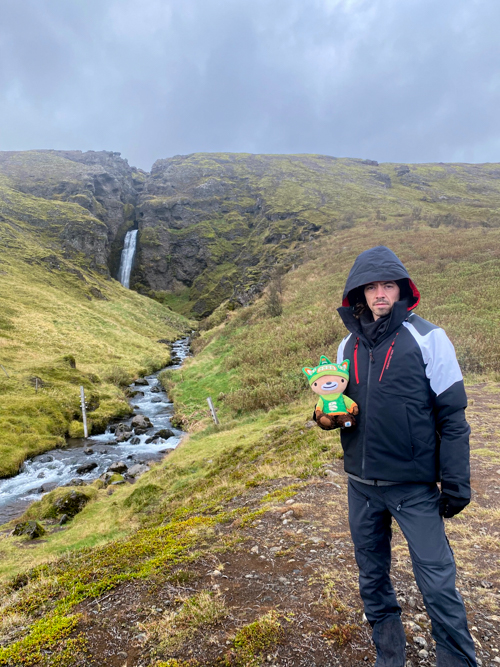We had one more waterfall to catch for the day.
Seljalandsfoss, AKA the most photographed waterfall in Iceland was our last stop. It means “selling the land of waterfalls.” This is where most southern Iceland tours make at a stop; it’s overall one of the most popular places in all of Iceland. Based on its positioning facing west behind a cliff, it’s also most beautiful viewed at sunset because that’s when the light hits the waterfalls. Most of the rest of the day, it’s behind shadows.
Naturally Pokin wanted to head there for sunset.
“You realize every single photographer in Iceland is going to have the same idea right?” Nicholas said.
“Yes,” Pokin answered. And that’s why we are going to go early to camp out a spot.
So, despite the sun setting at 6:55pm, we were there by a little after 5. My bud and I decided to wait in the car. Pokin hauled off with her gear.
A little while after, she came back with her gear, looking a lot damper.
“I don’t have a wide enough camera lens to capture the photos. I’m better off with my iPhone,” was the answer.
We all head back out together. My curiousity was piqued from this “most beautiful waterfall” claim. From here it looks ok.
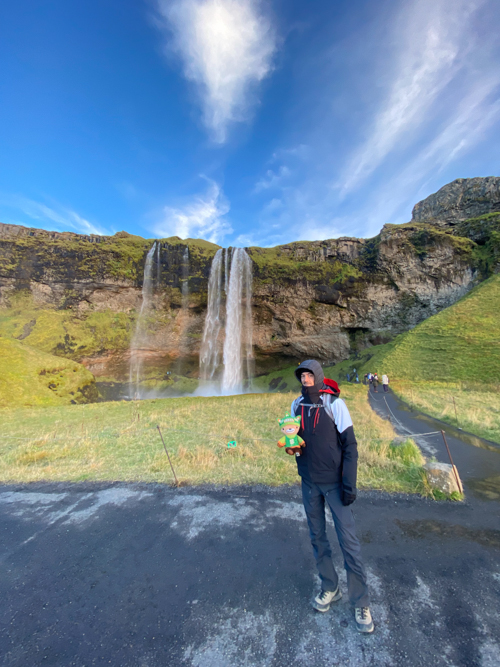
The sun starts to fall as we get closer and the view gets better.

And of course it gets wetter.
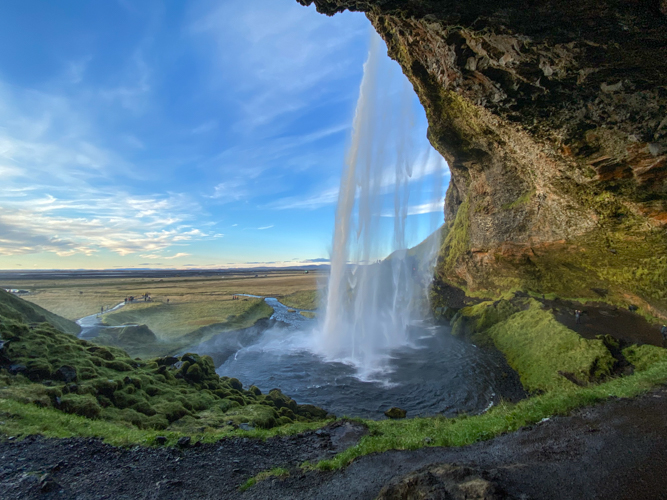
The place wasn’t as busy as it could be as most of the tour busses have to leave before sunset, but there were a decent number of Instagrammers on site and photographers. I can only assume they are Instagrammers based on the props and poses.
At one point Nicholas says “you’re going to regret not having your camera here.” And they go back to get their camera. But the iPhone photo still won out in the end.

Here it is during the full sunset glow.
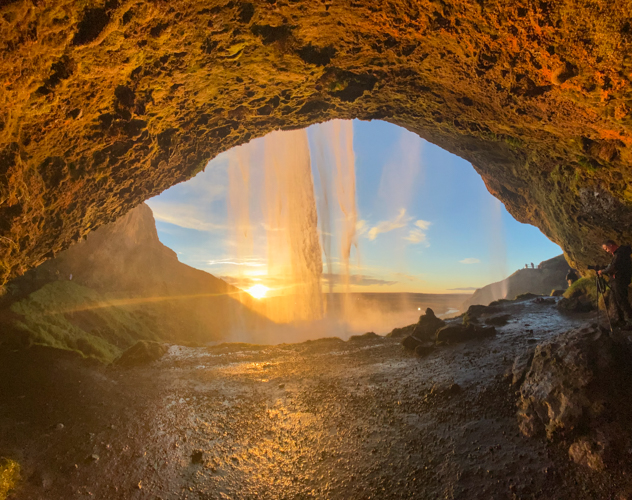
The cool thing about this waterfall is that you can walk all the way around it. I recommend the counterclockwise route so you are scrambling up slippery rocks instead of down. The cave behind the waterfall was formed by gradual erosion of rock from the waterfall spray. Makes sense, this waterfall sure sprays over the course of its 60m drop! The Seljalandsfoss flows from the Seljalandsá river which is fed by the Eyjafjallajökull glacier.
And with that, we’re done with waterfalling in Iceland this trip. Can’t say I’m sad, but this is a nice one to end with.
